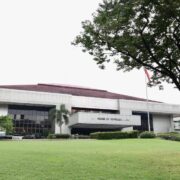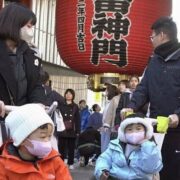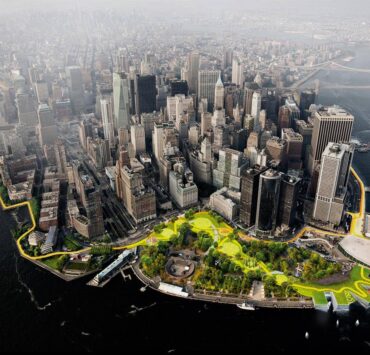Fighting floods
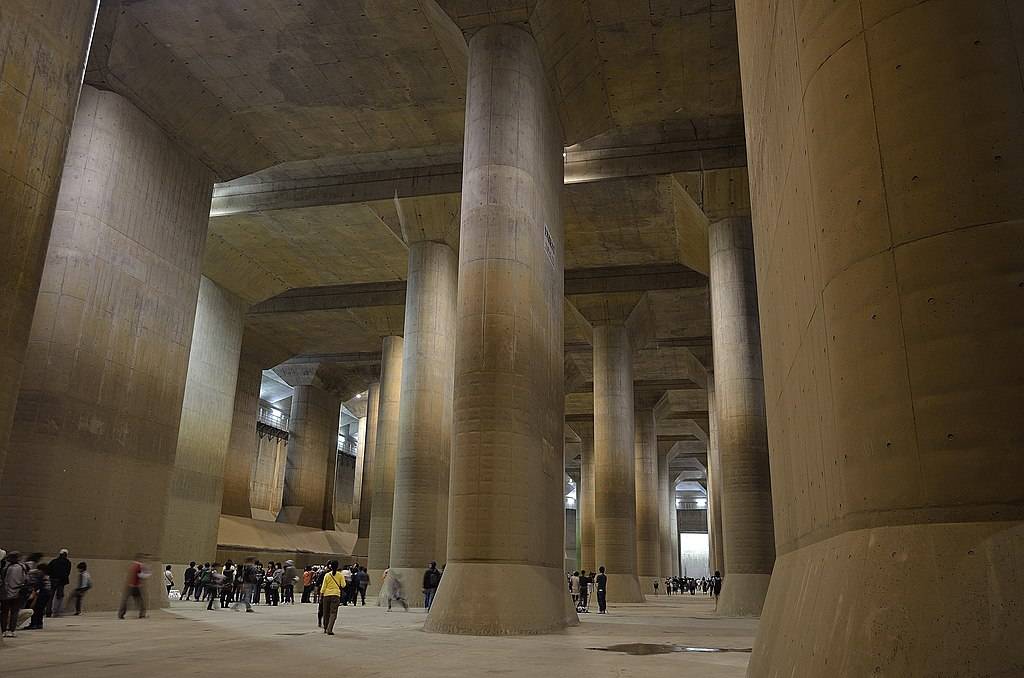
Every year, the Philippines suffers from devastating typhoons.
Floods, landslides, and other catastrophes become national headlines come July and August. It’s a depressing cycle that most of us expect, but we are nonetheless affected by it. Is there a way we can stop the devastation?
While natural catastrophes are beyond our control, there are some methods we can adopt to effectively reduce the damage of typhoons on our communities. Many of our towns are already implementing measures to improve flood control in their respective areas, but there is a need to explore and implement more preventive methods.
Here are some innovative approaches from other countries that can help mitigate our rainy‑day woes.
Japan’s “G-Cans”
An underground reservoir that doubles as a tourist spot during dry months, the so-called “G-Cans” of Tokyo in Japan is a feat of successful foresight.
Construction began in 1993, but it wasn’t used until 2006, during one of the city’s heaviest downpours. Fans of the Hunger Games movie series might recognize it in a scene in Mockingjay ( Part 2) as this underground passage, which plays an important role in Tokyo’s flood management, was then used as a film setting.
Located between Showa in Tokyo and Kasukabe in Saitama prefecture, the reservoir is located 50 meters below the earth’s surface and runs for over 6.4 km. It acts as a tunnel diverting flood water from the metropolis to the Edo River and Tokyo Bay.
Besides flood water, it also catches overflowing water from the nearby Kuramatsu, Arakawa or Nagakawa rivers. It is the largest man-made water diversion system, consisting of 5 concrete silos and 78 turbines.
The “G-Cans” is a civic initiative to help Tokyo avoid major flooding during torrential rains. While the country itself is often beset with natural disasters, the innovative ways the Japanese try to live with these challenges are nothing short of astounding. While the project did cost about $2 billion to make, its completion saves lives and millions’ worth of properties every typhoon.
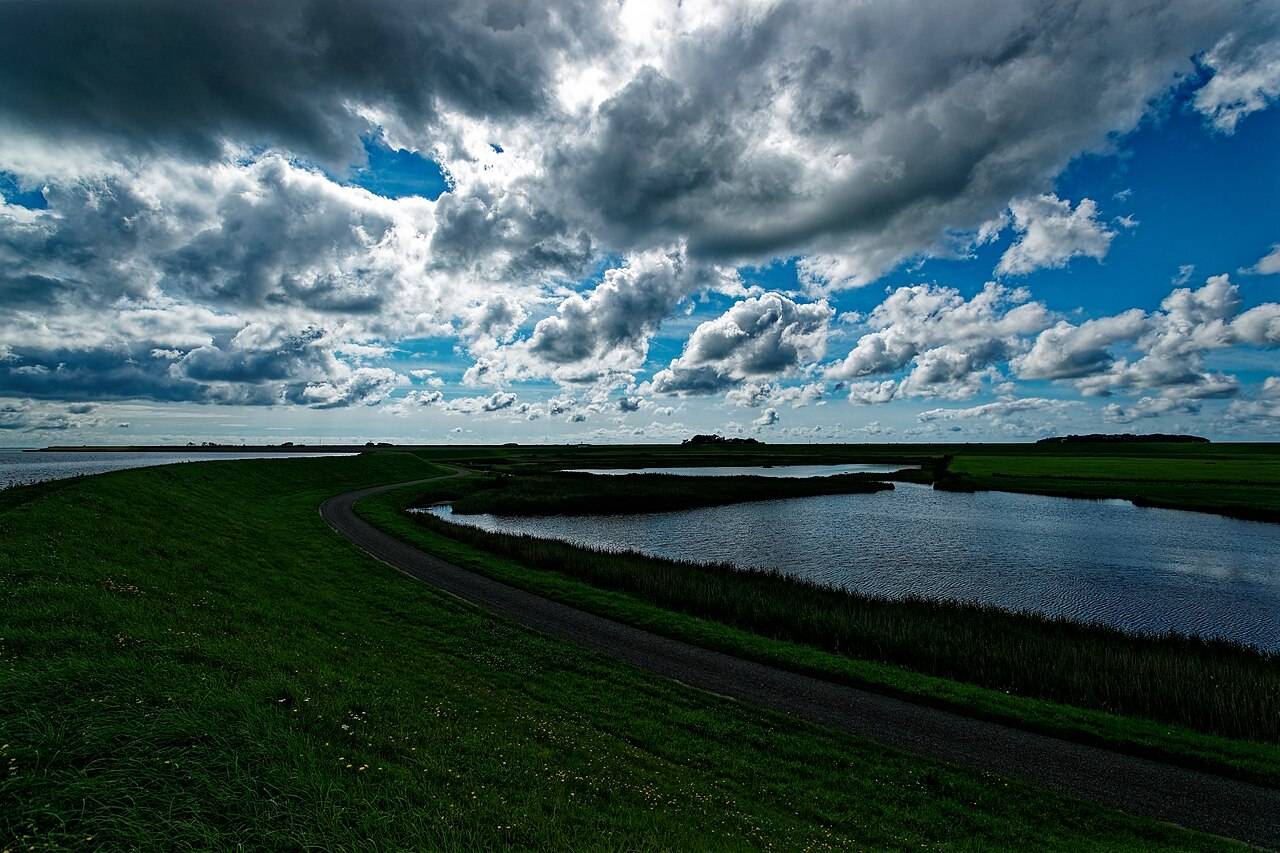
The Netherlands’ Delta program
Considered the masters of flood water control, the Dutch have mastered life in a land that is highly vulnerable to flooding.
A collaborative effort between the central government, district water boards, non government organizations (NGOs), private companies and citizens, the Delta Programme is Netherland’s solution to protect its lands from heavy flooding and fresh water scarcity. It is a system put into place after a committee was tasked to study extreme climate possibilities and make recommendations to mitigate disaster.
Every year, this system is reviewed and updated to suit evolving needs and conditions.
Some measures under this program include flood plain excavations, dyke relocations and additional dam pumps. Weak links in existing dams are identified and repaired prior to typhoon season. Flood simulations are made based on statistical data and scientific projections. Even citizens are required to learn swimming at a young age to prevent drowning.
Featuring exceptional engineering, government initiative and community cooperation, the Delta Programme is considered one of the most successful and enduring flood mitigation systems that the world can learn from.
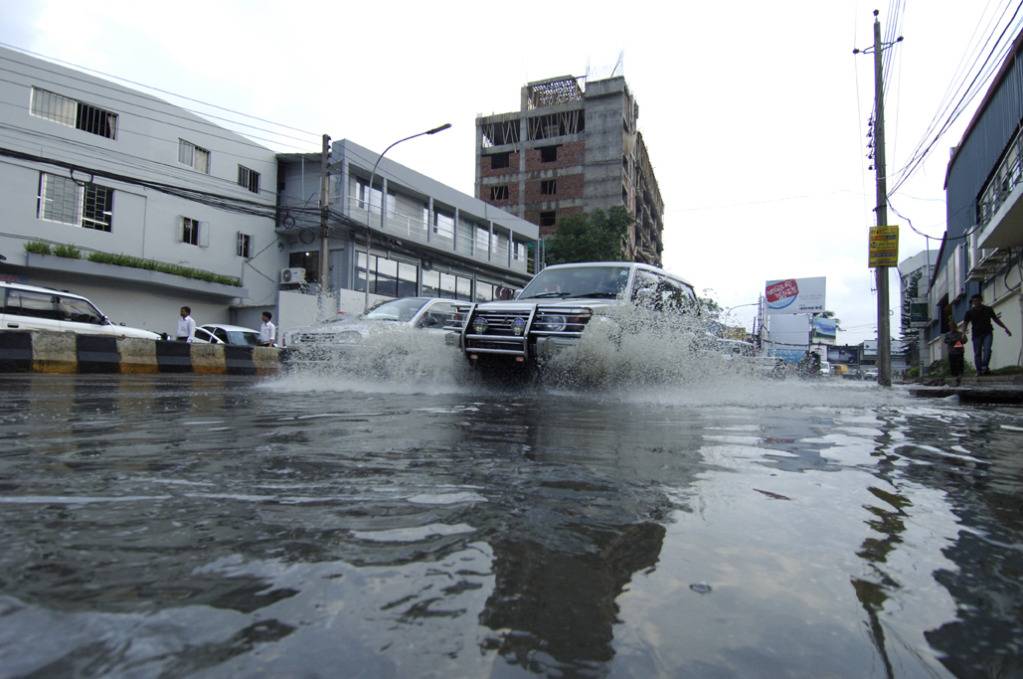
Bangladesh’s Delta Plan 2100
While considered a third-world country, Bangladesh amazes people with its successful flood-fighting measures despite its limited budget.
Its BDP 2100 program aims to “establish a safe, climate-resilient and rich delta” by the year 2100. While the program offers a holistic approach to uplift the plight of Bangladesh as a whole, it has also been commended internationally for significantly improving the country’s disaster response to new catastrophes.
One successful project of the government was the Compartmentalization Pilot Project (CPP), which divided flood-prone areas into smaller sectors. Using embankment and regulators, drainage was better controlled. Flood damage was reduced by 40 percent based on studies done after its implementation.
Another successful project is the European Centre for Medium-Range Weather Forecasts (ECMWF). This system allowed the public to receive flood forecasts as early as 10 days before the event, providing early warning and preparation. It has led to a 70 percent reduction in flood-related deaths.
Bangladesh proves that through well-thought-out initiatives and careful implementation, even the simplest of measures can create significant changes to help people weather the storms.
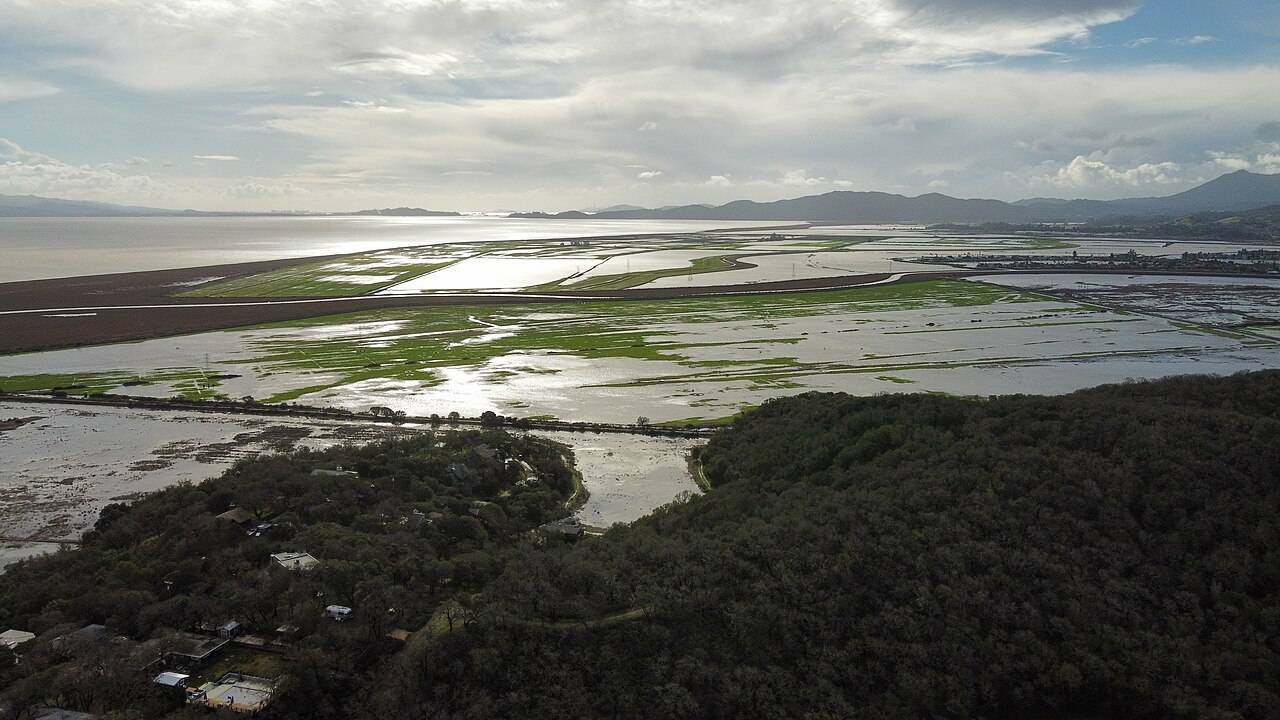
The takeaway
The Philippines is not the only country that is often beset with typhoons and floods. By learning from others, we can try new ways to prevent floods from causing massive damages to our homes, livelihoods and families.
Hopefully, the day will come when destructive floods will be memories of the past. With each typhoon season, we must all strive to become better prepared to work with our existing environment and improve our chances of survival.
Sources: https://english.deltaprogramma.nl; www.japan-experience.com; https://pressxpress.org; AMANO Jun-ich, Rezowan,Txllxt TxllxT, and AnonymousEditor95 via Wikimedia Commons
A Filipino architect who has a Master's Degree in Interior Design of Commercial Spaces from IED Barcelona, Spain and with twelve years' worth of experience under the tutelage of Filipino architectural firms.






